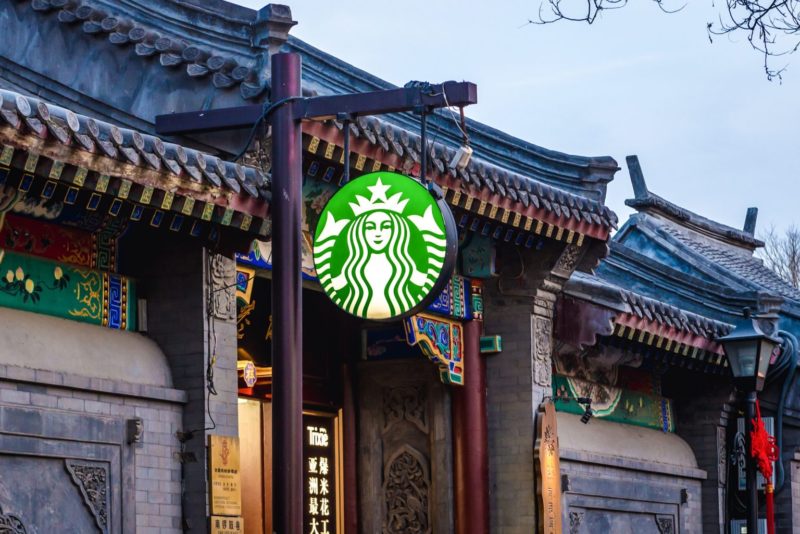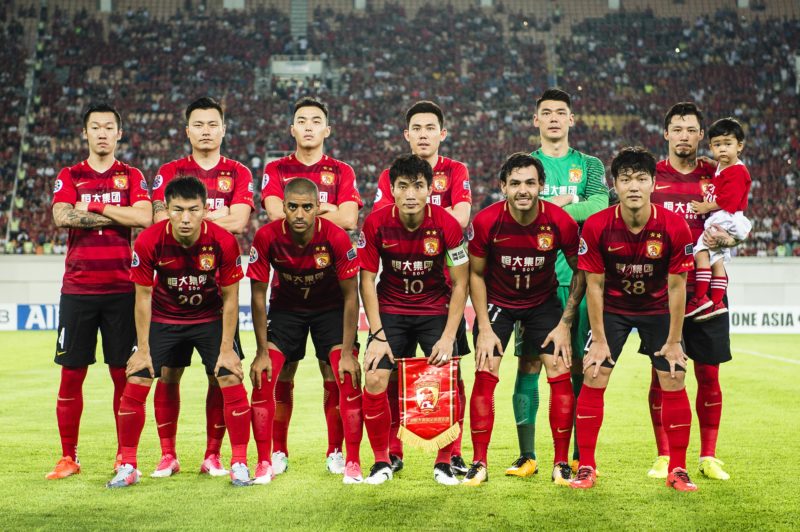Prada, the Italian family-owned luxury brand, does not seem to be a big fan of the digital world. Not even in China, where the digital realm has become the main battlefield for brands to win over the country’s lucrative young generations.
However, Prada’s stance on the digital game seems to be retreating, with its recent landing on Xiaohongshu, the Chinese lifestyle sharing social media that has been embraced by young Chinese.
Home to 100 million monthly active users, of whom, 70% are China’s Gen Z and Millennials that are also savvy luxury buyers. Xiaohongshu has been attracting global luxury labels for the last couple of years, with Louis Vuitton, the world’s biggest luxury brand, being the first arrival in May 2019. Since then, other luxury conglomerates have also followed suit, including Dior, Givenchy, Coach, and Gucci.
The move came soon after Prada’s new China plan, where the importance of China’s digital channels has been stressed, and prioritising digital consumer experiences is also at top of the brand’s agenda. The launch of Prada’s official account on Xiaohongshu marks its presence on an array of Chinese social platforms, including China’s largest microblogging platform Weibo, the most used instant messaging app WeChat and the Chinese version of Tik Tok Douyin. Prada’s reluctance to involve itself digitally has been reversed, seeing the lucrative market in question and realigning its strategy accordingly.
The brand’s efforts in revamping its online ecosystem show how China’s pivotal players in extravagant purchasing have been reshaping the luxury industry. As luxury goods continue growing in prominence in China, even in the time of a pandemic when consumption of such products in other parts declined.
Pulling the growth are China’s young consumers, with these digitally savvy having soon turned to online platforms for solutions to their luxury needs when physical stores were closed amid the nationwide lockdown. This consumer behaviour has continued even when COVID restrictions and physical visits are largely resumed in the country, showing a preference from the customer that brands must adapt and acknowledge. With innovative ways to market and involve customer experience online, with livestreaming hugely popular, companies need to continue this adventure and satisfy consumers.
The shifting consumer preference for luxury purchases, coupled with the lingering impacts of the pandemic, means the mixed business models could be a long-term practice for luxury brands. This is particularly true in China, with the digital space growing in importance in communicating with the country’s young generations who possess strong spending power.
To have better access to that potential, brands need to be wherever those consumers are and to make the experiences as special as they were in physical stores. Prada’s entry shows a renewed commitment to this market by luxury brands, who will no doubt compete digitally, with the company that best aligns to customer needs likely to dominate an expansive market.
Read more:









